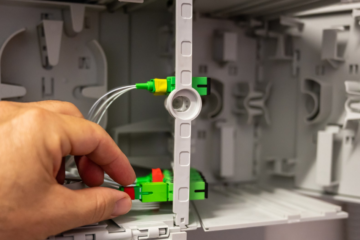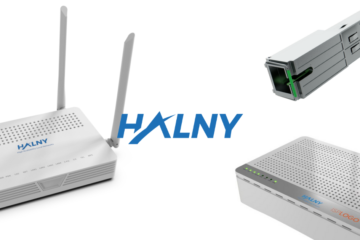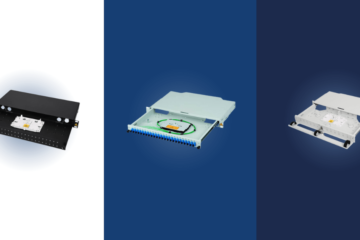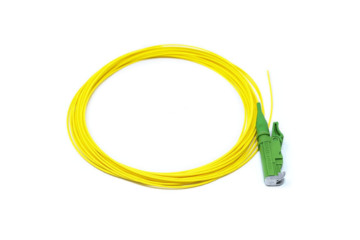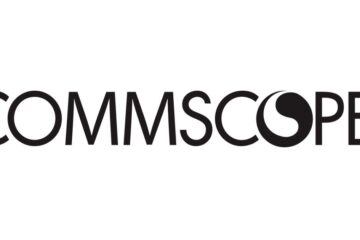
Integration is the lifeblood of the telecom world. As our reliance on varied equipment and technological tools grows, the emphasis on their flawless compatibility cannot be understated. In an industry where even the smallest of misalignments can cascade into larger service disruptions, thorough evaluation takes center stage. This piece offers a deeper look into the nuanced steps and considerations that experts undertake when evaluating telecom equipment for seamless integration.
Deciphering the Current Landscape
Before embarking on compatibility assessments, it’s fundamental to grasp the entirety of the existing setup. This means cataloging each piece of hardware, software protocols, and existing network configurations. Having a comprehensive understanding aids in pinpointing possible hurdles or areas of contention.
Crystalizing Integration Goals
Every integration endeavor should begin with a clear end in mind. Whether the aim is to amplify network capacities, introduce novel services, or bolster system redundancy, these objectives shape the roadmap for compatibility evaluation.
Delving into Hardware Interplay
Diverse manufacturers often craft telecom equipment based on different benchmarks. It’s imperative to guarantee that newly introduced hardware can converse effortlessly with the established components. This typically revolves around scrutinizing standardized interfaces, connector protocols, and data exchange norms.

Software Synergy Checks
Software is the silent workhorse behind cutting-edge telecom equipment. It’s essential to ascertain that the software or firmware of new additions can coexist harmoniously with legacy systems. Such checks may encompass version congruence, driver readiness, and adaptability to updates.
Peering into Future Scalability
Beyond immediate integration, there’s the vision of the future. Evaluations should gauge if the newly incorporated equipment supports effortless scalability. As the demands on networks escalate, having the agility to expand without disruptive overhauls becomes invaluable.
Controlled Environment Trials
Prior to rolling out on a grand scale, it’s prudent to replicate integration scenarios within controlled settings. Such preemptive ‘sandbox’ exercises can unveil unexpected compatibility snags, offering a window to rectify them before actual deployment.

Leverage Vendor Expertise and Literature
A treasure trove of insights often lies within the equipment manuals and guidelines provided by manufacturers. These documents, combined with the support of vendors renowned for their robust after-sales assistance, can simplify many a compatibility conundrum.
Weighing the Financial Implications
In compatibility evaluations, costs loom large. It’s not just about the immediate price tags but also the potential expenses tied to modifications, system upgrades, or possible downtimes stemming from compatibility challenges.
In the telecom sphere, the pursuit of impeccable integration is both an art and a science. It melds technical precision with forward-thinking strategies. With a methodical approach to compatibility evaluation, operators are better positioned to sculpt a network that’s not only resilient but also primed for future innovations.
Related articles: 5G: Revolutionizing the Telecom Landscape


